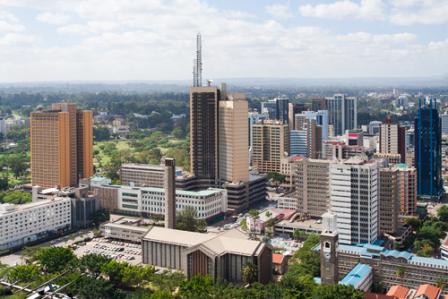By: Jeremy Riro
Global oil prices are experiencing a free fall with the ultimate bottom resistance point predicted at $40 per barrel. Increased supply from all leading world oil producers is termed to be the core reason why we are experiencing the downward slide of the “black gold” prices. The ripple effect this has on the global economy has been accurately predicted to be a fall in fuel prices; which then leaves millions of consumers with additional savings to spend.
In Kenya, everything now looks bright and the economy is poised for growth in 2015 at a rate probably higher than the International Monetary Fund (IMF) prediction of 6%. All economic factors are pointing towards the positive side of the Kenya’s economic narrative.

The Energy Regulatory Committee (ERC) in Kenya has revised the oil prices downward in line with the international oil price decline. Although the rate of the local downward adjustment might not mirror the rate at the international markets, the fact remains that the prices have dropped with larger margins than we have seen in the recent past. This then follows the global trend where consumers will have an extra coin from the savings to spend elsewhere.
In what might be more good news to Kenyans, the Monetary Policy Committee (MPC) also have revised the Kenya Banks Reference Rate (KBRR) downward to 8.54% from the previous rate of 9.13% set in July 2014. KBRR is a key component in the new system used by commercial banks in setting their lending rates; used in addition to other third party costs and margins that banks load to it. By MPC reducing the rate, then we have a clear signal for lower borrowing rates in the near future.
As the year 2015 began, the inflation rate for Kenya was projected at an average of 5% having dropped to 6.02% in December 2014. This could have been one of the factors considered in lowering the KBRR; although the Central Bank Rate (CBR) was left untouched at 8.5%, a rate set back in April 2013. The CBR is the base rate that commercial banks in Kenya used to set their lending rates with before the introduction of the KBRR.
The Kenyan producer therefore has a window to borrow more from the commercial banks for expansion of their businesses. That notwithstanding, the businesses shall also be making savings from the decreasing fuel costs and translate that to even more vibrant growth plans. Part of the beneficiaries of the business cost cutting due to lower oil prices shall be the employees who will take home a larger pay. In addition, we are likely to experience an upsurge in employment numbers as businesses expand during this period.
On the other hand, we have the Kenyan consumer who now is both saving and earning more. Fuel costs are declining for all including individual consumers who now will have that extra shilling to spend, save or invest. In addition, the businesses are doing well and if the employees get a salary increment things will have worked even better for them. Though a pay rise may be a grey area, a typical situation will be bonus compensation to employees in many companies. This will then result to increased income for the consumers generally across the economy.
Read more :Falling global oil prices sparking Kenya’s economy
Source:economywatch


